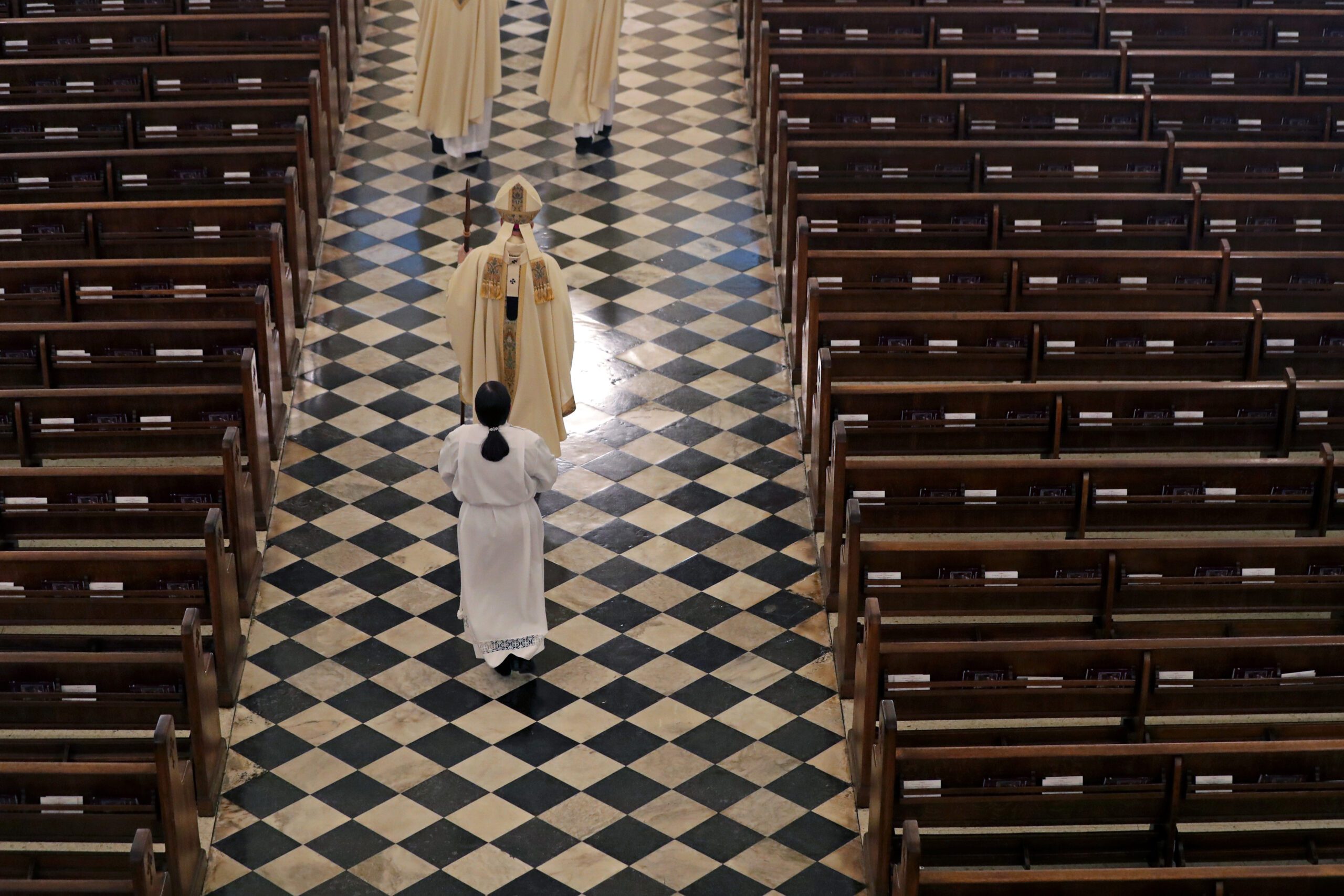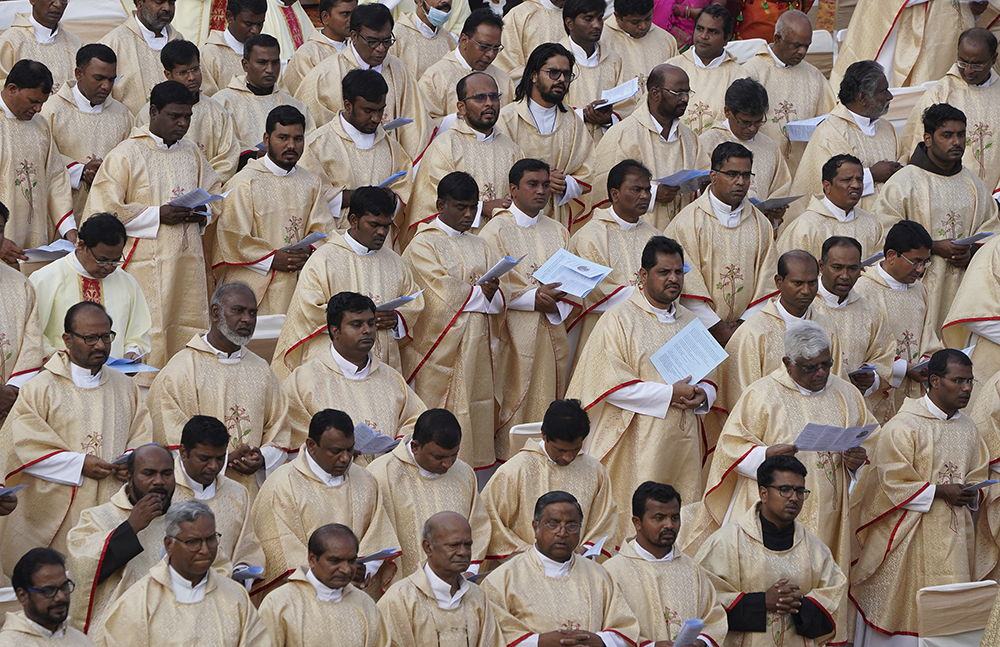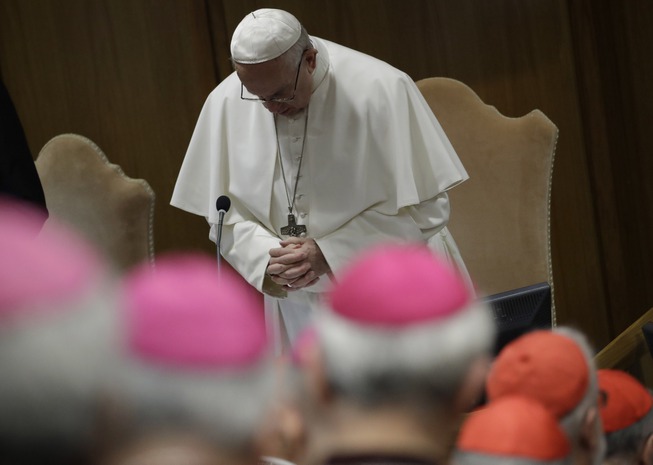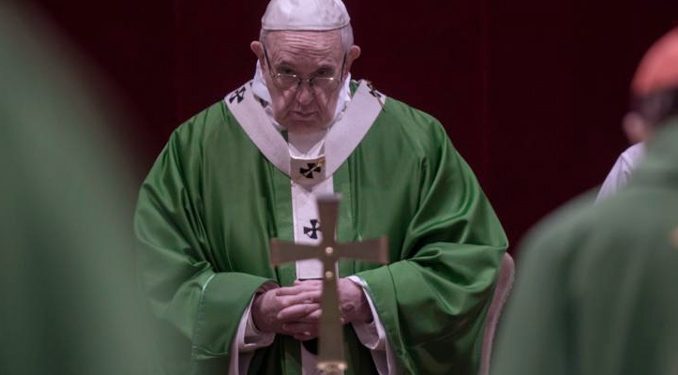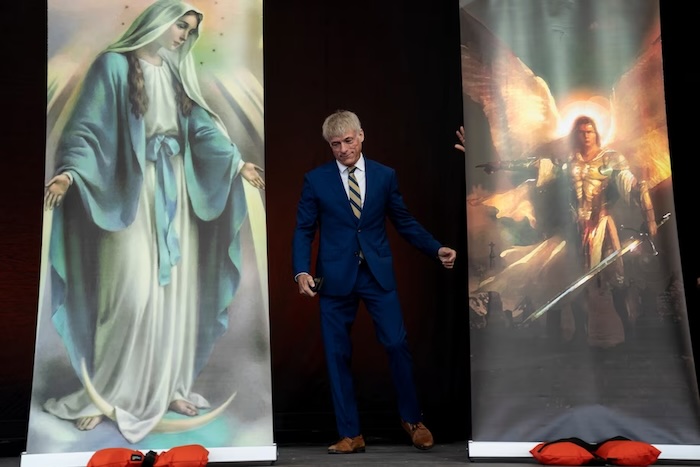— A French priest accused of sexually abusing Inuit children in Nunavut will be allowed to remain a member of the Oblates congregation after leadership in Rome ruled against his dismissal.

by Kelly Geraldine Malone
Johannes Rivoire, who is in his mid-90s and lives in Lyon, France, has long faced allegations of sexual abuse during his time in Nunavut.
“I was deeply disappointed,” said Rev. Ken Thorson with OMI Lacombe Canada.
The Oblates of Mary Immaculate, OMI Lacombe Canada and the Oblates of the Province of France had appealed to leadership in Rome in 2022 to commence the dismissal proceedings against Rivoire after the Catholic priest refused to return to Canada to face charges.
An arrest warrant was issued for Rivoire earlier that year on a charge of indecent assault involving a girl in Arviat and Whale Cove, Nvt., between 1974 and 1979. French authorities later denied an extradition request from Canadian judicial authorities.
The priest previously avoided trial when he refused to return to Canada after a warrant was issued for his arrest in 1998. He faced at least three charges of sexual abuse in the Nunavut communities of Arviat, Rankin Inlet and Naujaat. More than two decades later, the charges were stayed.
The Public Prosecution Service of Canada said at the time it was partly due to France’s reluctance to extradite.
Justice Minister Arif Virani said Tuesday that Canada is now working with Interpol on the case. Canada is requesting a “red notice” through Interpol, which means if Rivoire were to ever leave French territory authorities elsewhere could arrest him.
“I would say to people that are concerned and angry that I share their concern, I share their anger,” Virani told reporters on Parliament Hill.
Virani said Rivoire stands accused of “reprehensible conduct, and we need to ensure that justice is pursued” against anyone accused of that many severe crimes.
Rivoire has denied all allegations against him, and none have been proven in court.
Inuit leaders and politicians have continued to urge that the priest face trial. Natan Obed, president of Inuit Tapiriit Kanatami, said he asked Pope Francis during an Indigenous delegation to the Vatican in 2022 to speak directly with Rivoire
A 10-member delegation led by Nunavut Tunngavik Inc., a group representing Nunavut Inuit, travelled to France later that year and spoke with Rivoire, asking the priest to return to Canada. That group has claimed up to 60 children may have been abused by the priest.
Last year, nearly a dozen members of BeBrave France, the French chapter of a global advocacy movement that aims to end sexual violence against children, demonstrated outside the retirement home where Rivoire was living. He has since been relocated into the Oblates’ administration house in Lyon, because of the attention he was getting at the previous facility, Thorson said.
The Oblates of Mary Immaculate said it has also repeatedly urged Rivoire to face the charges, but he has refused.
Thorson said the disciplinary proceedings included two warnings and a formal recommendation. Rivoire’s counsel cited his declining health, with medical advice against more than one hour of air travel, as a reason he couldn’t return, Thorson said.
Considering Rivoire’s health, the Oblate administration in Rome did not proceed with dismissal from the congregation, Thorson said.
The dismissal would not have forced Rivoire to return to Canada, but Thorson said it would have been symbolic of the church’s commitment to accountability and reconciliation.
“I recognize we missed opportunities to take what could have been healing steps in this case,” Thorson said.
“That’s a regret that I carry.”
Thorson said he hopes an independent investigation into the allegations against Rivoire and the Oblates’ handling of the situation can still provide some justice.
The Oblates of Mary Immaculate, OMI Lacombe Canada and the Oblates of the Province of France appointed former Superior Court justice André Denis to lead the Oblate Safeguarding Commission.
The commission is to understand how allegations against Rivoire were addressed within the Catholic congregation and to identify improvements to Oblate policies and governance to better protect minors and ensure accountability.
It is also to review the circumstances under which Rivoire left Canada.
A final written report is to be made public no later than April 1.
Complete Article ↪HERE↩!


